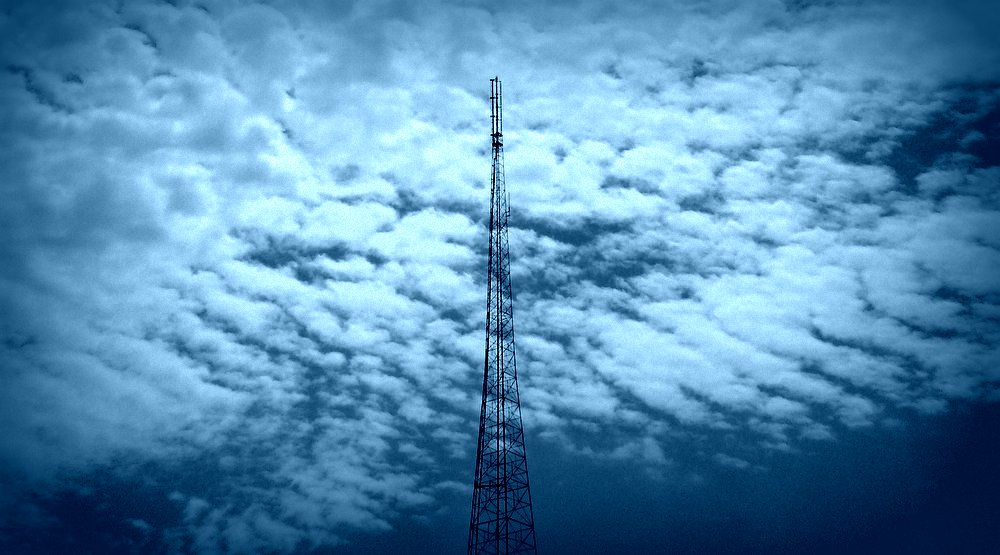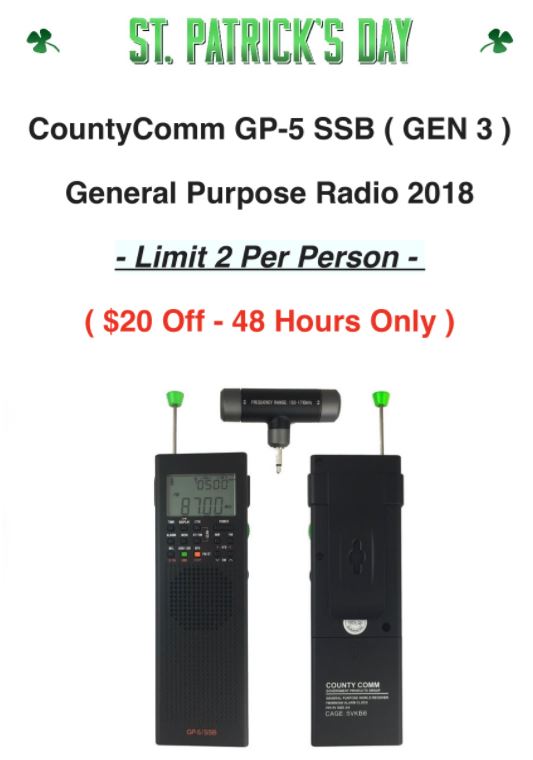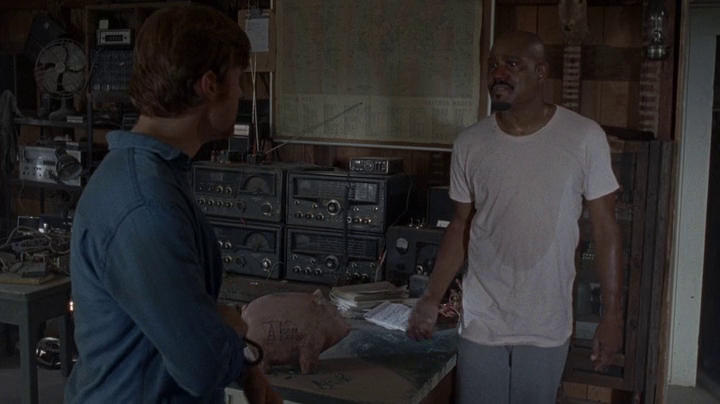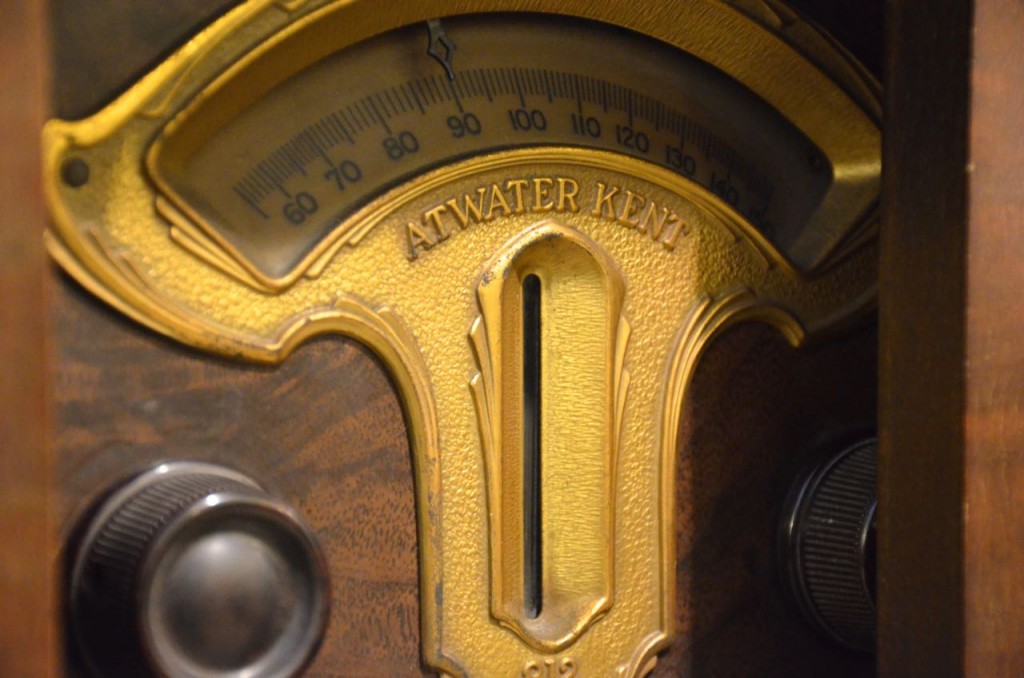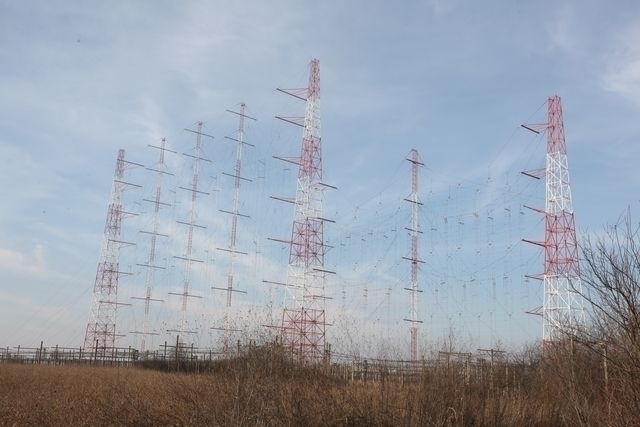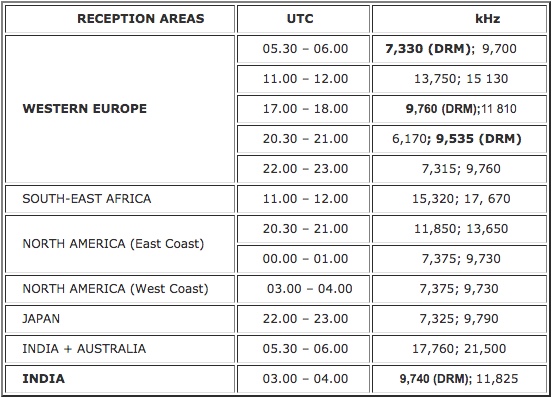
The past three weeks have been exceptionally busy. Not only did I log about 1,500 miles on a trip to DC and Philadelphia for a most excellent Winter SWL Fest, but the Winter Fest this year truly lived up to its name, and managed to carry on during a snowstorm and ensuing widespread power outage that left us in the dark several days running. Radio-relevant events, presentations and even our banquet continued in dark rooms, yet with no less enthusiasm.
But because I had to conserve my laptop’s power, knowing I could only log a few minutes each day, I turned my attention away from the digital world to my living and breathing companions, worthy colleagues and friends of the ‘Fest.
Growing pains
Over the years, as reader traffic has grown, here at the Post we’ve upgraded our hosting package to meet traffic demands, and our host has kindly selected the most effective and affordable option––providing us with plenty of space and freedom, not to mention, most of the server resources.

But over the past two weeks, the SWLing Post finally began pegging the limits of the shared server we have used since we published our first post, nearly 10 years ago now. When I was without power at the WinterFest, our site activity (CPU usage and entry processes) was triggering a failsafe that blocked access to the site when it was receiving too many hits at once. Thus many of you received the infamous “Resource Limits Reached” error, or noticed significantly slower load times on the site.
Obviously it wasn’t possible to fully address this while I was away from home and on limited power and Internet; I just committed to resolve the issue as soon as I could.
I pulled into my driveway late last Monday night, hit the sack for a good night’s sleep, and started sorting out server issues early Tuesday morning.
Dedicated cloud

Much discussion over the best place and care for our site ensued. In the end, our host suggested we move to our own cloud server––a dedicated, robust space to serve up the SWLing Post.
While the cloud server costs more than double what we’ve been paying for hosting in the past, it offers multiple advantages over our shared service. Speed should improve dramatically and we’ll now have a much deeper resource pool from which to pull during times of peak access.
Then, too, the new server employs data redundancy (i.e., there are at least two copies of our site on two separate servers at all times), “automatic failover” (should there be a hardware problem, the Cloud Server will automatically roll over to another physical server), and brilliant scalability––all excellent provisions for us.
Innoscale, our host, has been a great partner over the years, giving the SWLing Post 24/7 support and spending time sorting out any issues that have popped up. While they are not the cheapest service out there, their customer service and reliability are, in my humble opinion, worth the extra costs.
Many years ago, long before we even approached 1,000 posts, I had purchased third-party off-site backup service that updates a full backup of the site each time a new post is published; this service continues. Moreover, our new server also has its own backup service and multiple copies of the site available even in the event of a failure.
And knowing all this helps me sleep more soundly at night.
Would you believe: 4,146 posts and 18,147 comments––!
…the total count as of time of publishing this post. That’s a massive volume of informative guest posts, articles, photos, videos, recordings, and comments on all things radio––many of which I reference regularly myself. Readers, without you, this wouldn’t have been possible; many thanks!
And a special thank you to our Patrons!
Honestly, the choice to upgrade both our server and our backup solutions was easy because of the extra support we receive via Patreon and PayPal. If you would like to support the SWLing Post via Patreon, and are in a financial position to do so, click this link or the button below. The SWLing Post will always be free, so if you’re not in a position to support us, no worries; we still welcome your readership.
Become a Patron!
If you’d rather not give through Patreon, you can set up a monthly recurring payment through PayPal…and receive the exact same recognition and benefits as above.
PS––I should add that I’m doing my best to catch up with a mountain of email correspondence I accumulated over the past three weeks or so. If you’ve sent me a message or tip, I appreciate your patience as I catch up. Thanks, and I look forward to reading your email soon.
The “substantial doubt” that iHeartMedia’s corporate leaders expressed around the company’s likelihood of surviving another year, mentioned in its quarterly financial report last November, has been put to rest.

